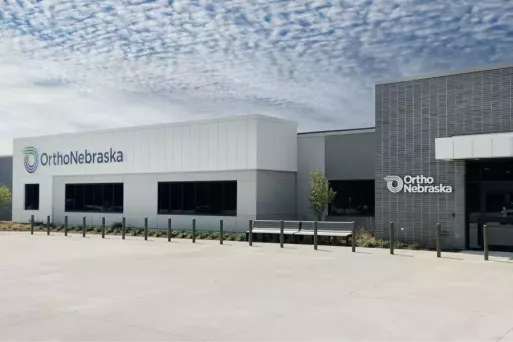Give patients an experience they deserve, while also getting paid reliably, securely and on time
Flywire connects people, systems and processes, so that your hospital can:
- Advance healthcare affordability by offering personalized payment plans
- Extend collection terms beyond 12 months with unique integrated financing options
- Decrease staff involvement in patient billing by 30% and free them to focus on more strategic work
- Capture, process, settle and reconcile payments across your organization through a single partner
Experts in maximizing your revenue cycle with 269% ROI in three years
Capture more revenue with multiple pathways to paid off
Flywire’s data-driven affordability suite features multiple financial offerings, from payment plans to integrated financing with the option to consolidate bills across multiple accounts — as straightforward and seamless as can be.
Drive online payments with targeted patient engagement delivered across multiple channels
Engage with patients through their preferred communication channels at the start of their payment journey — including easy- to-understand paper statements, emails, and texts.
Reduce staff burden with better insight into patient activity
Eliminate your reliance on costly, manual payment processes. Keep staff updated on payment action with access to complete billing insights and a dedicated support team.
Streamline payment processes
Eliminate manual reconciliation, enhance security, scale effortlessly across your organization with integrated reporting and payment solutions from Flywire.















